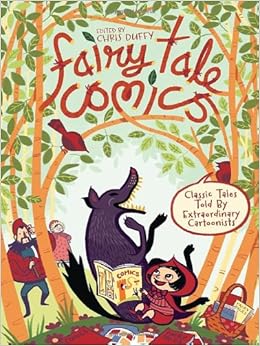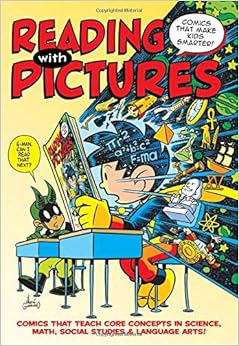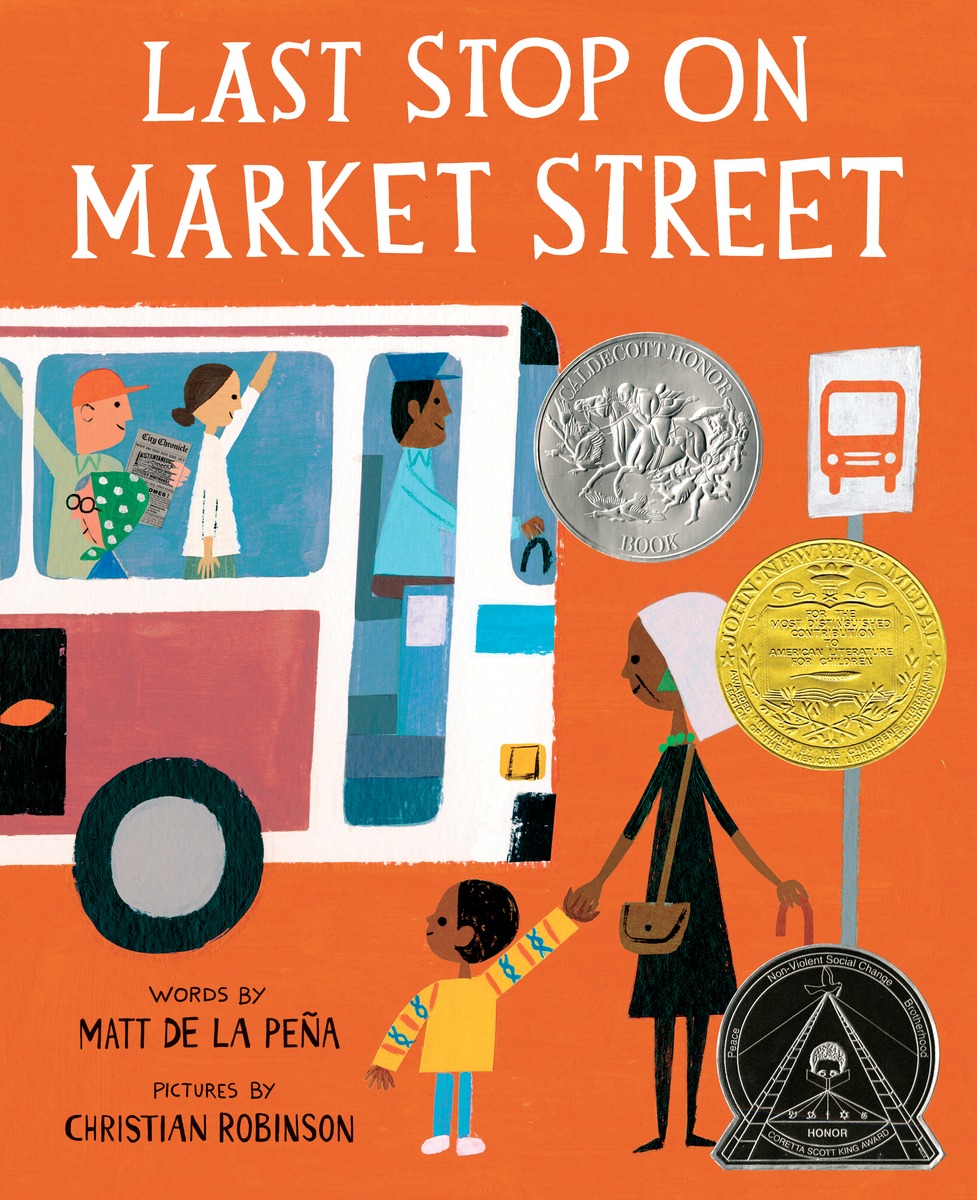
Opening Lines:
"Lucy's Journal. February 15th, 1002 PC (Post Coconut)
We left New Coleopolis this morning with no fanfare. Leading the first mission to seek out life beyond our oasis should have been the greatest moment of my scientific carrer. Instead we shuffled out of town like wriaths through the morning mists. It's just as well, though since most of our colleagues are convinced we will fail."
Joy Hosler is the amazing biologist/graphic novelist whose first work, Clan Apis, follows two worker bees that are part of a colony. In Last of the SandWalkers, Hosler here gives us a much fuller story of several beetles who leave their safe home and go out into the desert on a voyage of discovery. Lucy is the plucky leader. Professor Bombadier is her resourceful mentor, Raef is a robotic firefly, And Mossy is a relatively huge horned beatle. Along with them is treacherous Professor Owen. As they journey on what turns out to be an epic adventure, the reader learns a great deal about entomology in general and beetles in particular -- including about trap-door spiders, whirligig beetles, and what it is like to get caught in amber. Not that the learning gets in the way of the story -- which has enough twists and turns and moments of danger to easily keep students' attention.
The images and panel movement draw the reader naturally into the story. The art serves the story so well that it is easy not to notice how really accomplished the black and white drawing is.
This book is probably best for middle school and up and could be valuable for middle school and high school science and biology classes -- both as a classroom text to consider ecosystems and adaptation, but also as a supplementary book for kids who love to read.
These is nothing here likely to cause a challenge -- though extremely careful readers may catch that Hosler takes a swipe at the sort of fundamentalist religion that sets itself up in oppostiion to science -- but because it is a made-up beetle religion and doesn't appear to be targeting any particular faith, it is unlikely anyone would object.
This is a really good one.
Kashyap, Keshni; Araki, Mari ((2012) Tina's Mouth: An Existential Comic Diary. New York: Houghton Mifflin.

Opening Lines: "January 26. Dear Mr Jean Paul Sartre, I know that you are old and dead and also a philosopher. So, on an obvious level, you and I do not have a lot in common."
So begins Tina's Mouth, a graphic novel that takes us inside the life of a high school sophomore trying to make sense of religion and beleif and the meaning of life by keeping a diary of her existentialism. She tries to make sense of all this while living through losing friends, having crushes, losing crushes, and trying to figure out how life works.
The book is just barely a graphic novel. Some pages have a single image and a large section of separated text. Instead of regular panel movement, there are sometimes inset panels in panarama double-page spreads. The lettering is typeset instead of drawn, and the illustration sometimes reminded me of paper dolls in that they seemed to have a limited range of movement.
Tina's search for meaning and friends and love is touching and certainly evocative of the searching that many readers may remember from their young adulthood. There is no real resolution of Tina's search, though, save an acceptance that she doesn't really understand existentialism and that her search will go on.
This book is probably best for high school-aged readers, though teachers should be warned that there is enough vulgar language here that a parental challenge might be likely. The language is nothing more than you would hear in many high school campuses, though other than verisimilitude, it doesn't seem to serve any thematic purpose.
This might be a good one to check out from your local public library before buying.
LaBoucane-Benson, Patti; Mellings, Kelly (2015) The Outside Circle. House of Anansi Press.

Opening lines: "Today is the first day of the Warrior Program. We are going to start today with a smudge and a prayer. It's important to make these offerings as we ask the creator for help."
Pete Carver is an indiginous Canadian whose one wish in life is to take care of his younger brother Joey. Pete's mom is a heroin addict. Pete himself runs with a gang and is involved in selling drugs. When his girlfriend tells him she is pregnant, he tells her the baby probably isn't his and kicks her out of the car. Then one night, during a fight with his morher's boyfirend Dennis, things get out of hand, Pete kills Dennis and is sent to jai. Pete asks his fellow gang members to take care of his little brother. In prison, things get worse. When Pete find out the gang is putting Joey at risk and there is nothing he can do about it, he is ready to do something rash. Instead he finds out about a rehabilitation program that uses traditional tribal worship to help people learn to deal with their anger and get themselves straightened out. Pete has to face his brokenness, acknowledge his anger, and eventually make a choice aobut how he wants his life to go.
The art in this book is beautiful. The story is engrossing (it isn't an easy journey for Pete at all). The scenes are painful to look at sometimes, but in order to value Pete's eventual triumph, we have to be there in the bad parts too.
There is some vulgar language in here, but it expresses the hardness of Pete's world and his own bitterness, and it is something I would fight for. This book might be a good choice for a high school English classroom, especially when paired with another book about mistakes and redemption (Paul Fleishman's Whirligig for example). This one is well worth buying.


















